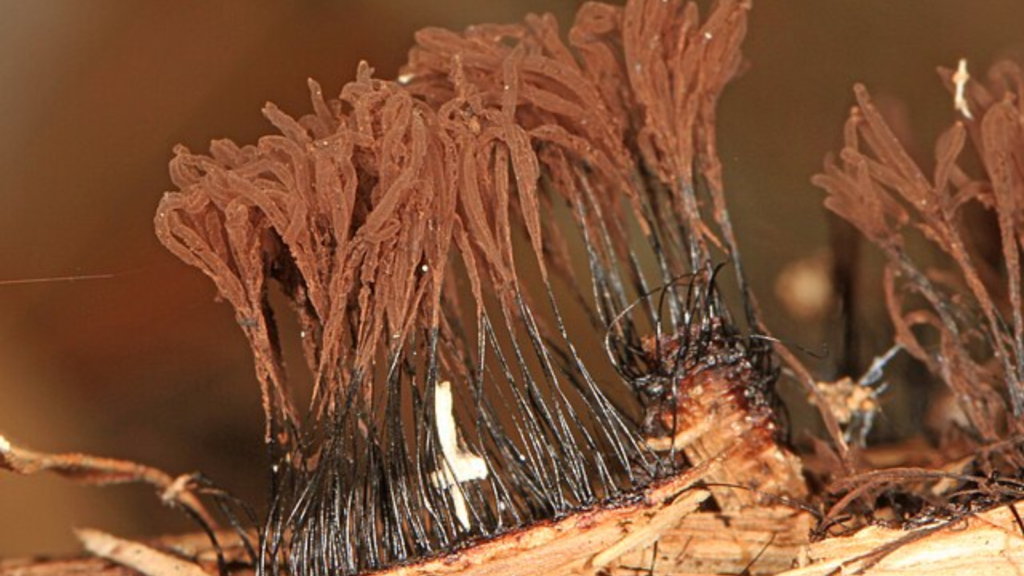Slime molds are bizarre organisms that challenge our understanding of intelligence. These brainless beings can solve complex problems and exhibit behaviors that seem almost impossible for a single-celled organism. These peculiar and fascinating organisms are weird and genuinely amazing. They’ve got no brain, but they can remember, solve problems, and strategize!
Maze Masters
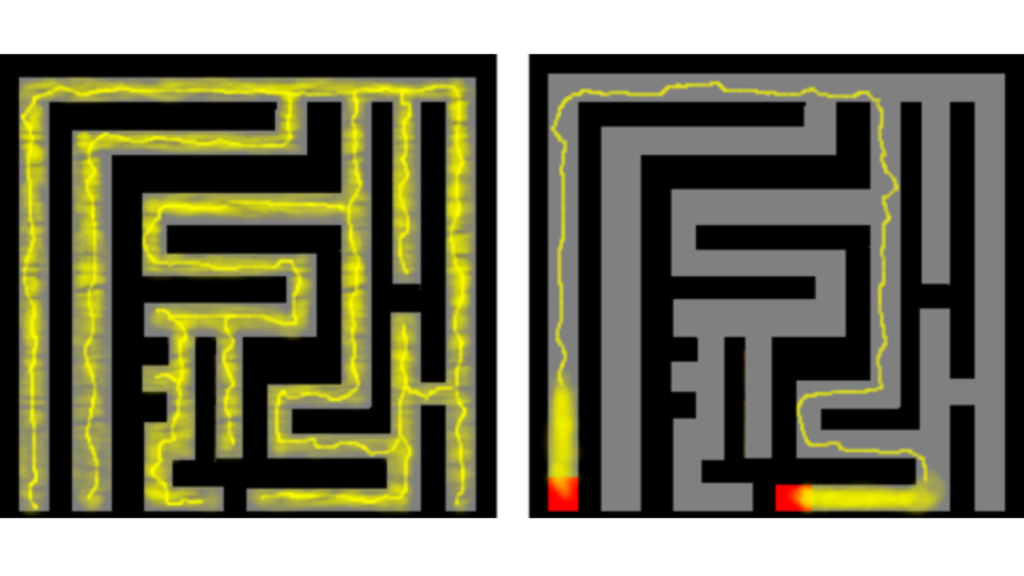
Slime molds are surprisingly good at solving mazes. In a famous experiment, scientists placed a slime mold in a maze with food at the exit. The slime mold explored all possible routes and then retracted from dead ends, creating the most efficient path to the food. This ability to find optimal solutions to complex problems has amazed researchers and sparked interest in slime mold intelligence.
Memory Without a Brain
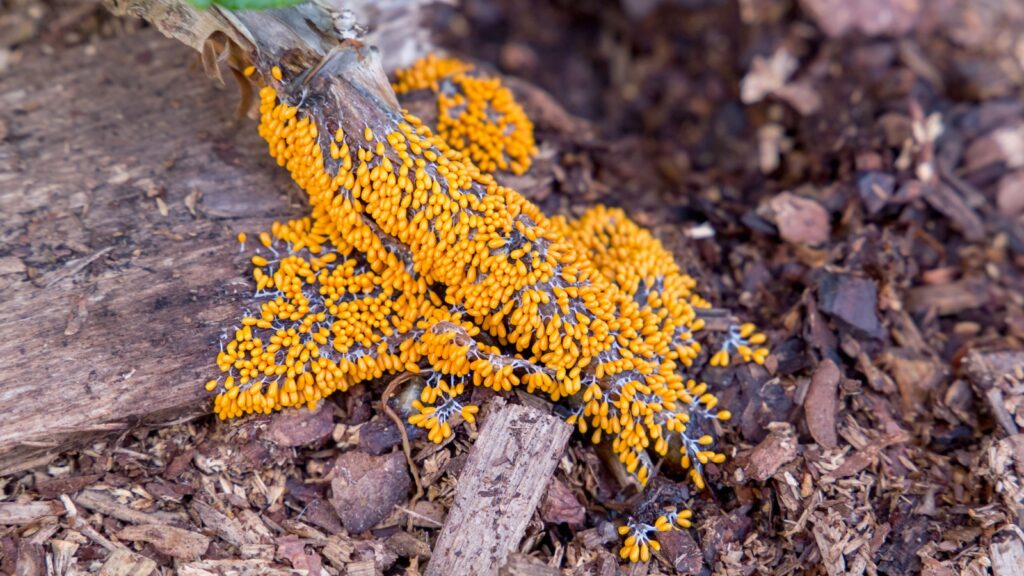
Despite lacking a brain or nervous system, slime molds can remember and learn from past experiences. They can recall the location of food sources and avoid areas with harmful substances. This “memory” is stored in the slime mold’s body through chemical changes. It’s a form of simple learning that helps the organism make better decisions over time.
City Planners in Disguise
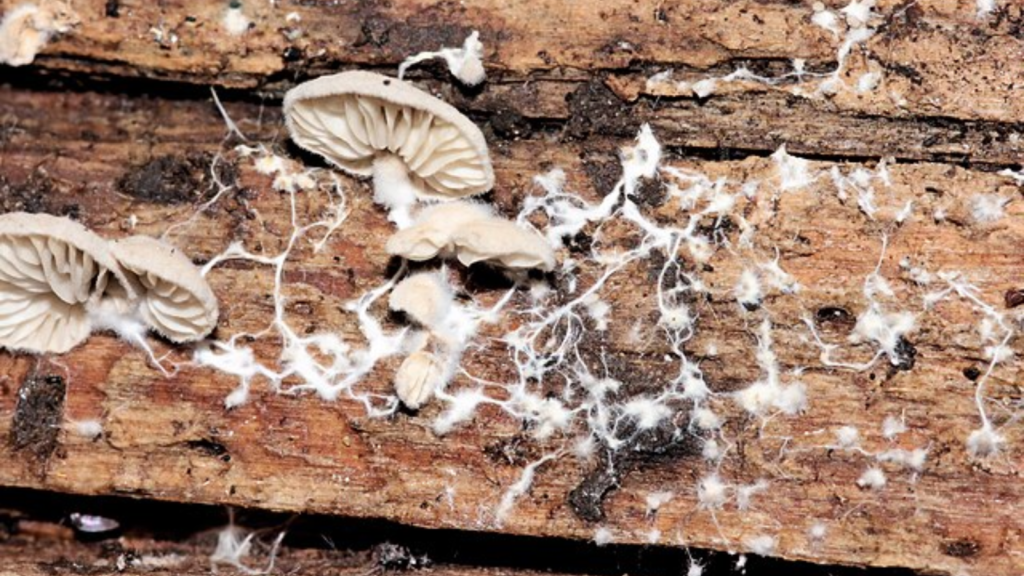
Slime molds have shown an uncanny ability to design efficient transportation networks. When scientists placed oat flakes (a favorite food of slime molds) in a pattern mimicking major cities, the slime mold created networks between the flakes that closely resembled real-world transportation systems. This has led some researchers to consider using slime molds to help design more efficient road and rail networks.
Problem-Solving Prodigies

These single-celled organisms can solve complex nutritional problems. When presented with a variety of food sources with different nutritional values, slime molds can calculate and create an optimal diet. They balance their intake of proteins, carbohydrates, and other nutrients in a way that maximizes their growth and health. This ability to “calculate” without a brain is truly mind-bending.
Time Keepers
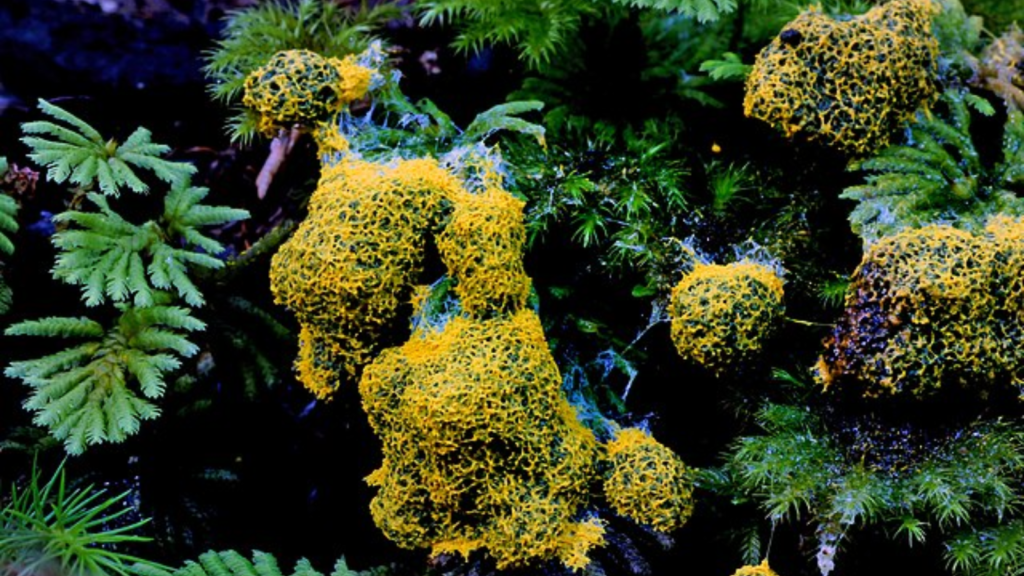
Slime molds can anticipate recurring events and prepare for them. In one study, scientists exposed a slime mold to cold, dry conditions at regular intervals. The slime mold learned to expect these unfavorable conditions and would slow down its growth just before they occurred, even when the conditions didn’t actually happen. This shows a rudimentary ability to perceive and prepare for future events.
Team Players
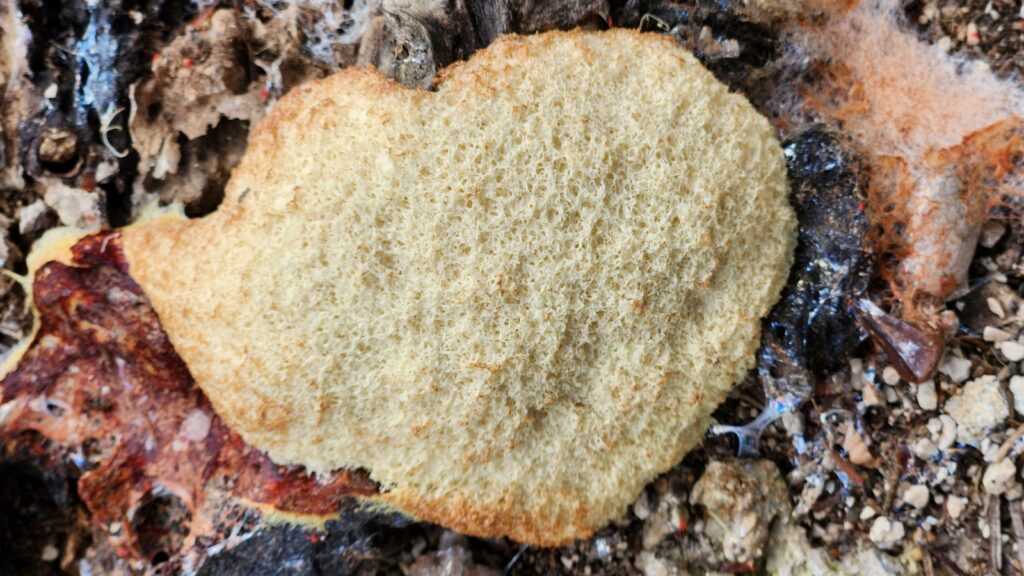
When food is scarce, individual slime mold cells can come together to form a larger, multicellular organism. This “social” behavior allows them to move faster and cover more ground in search of food. Once they find a food source, they can split apart again. This ability to switch between individual and collective behavior is a remarkable adaptation that helps slime molds survive in changing environments.
Electrical Engineers
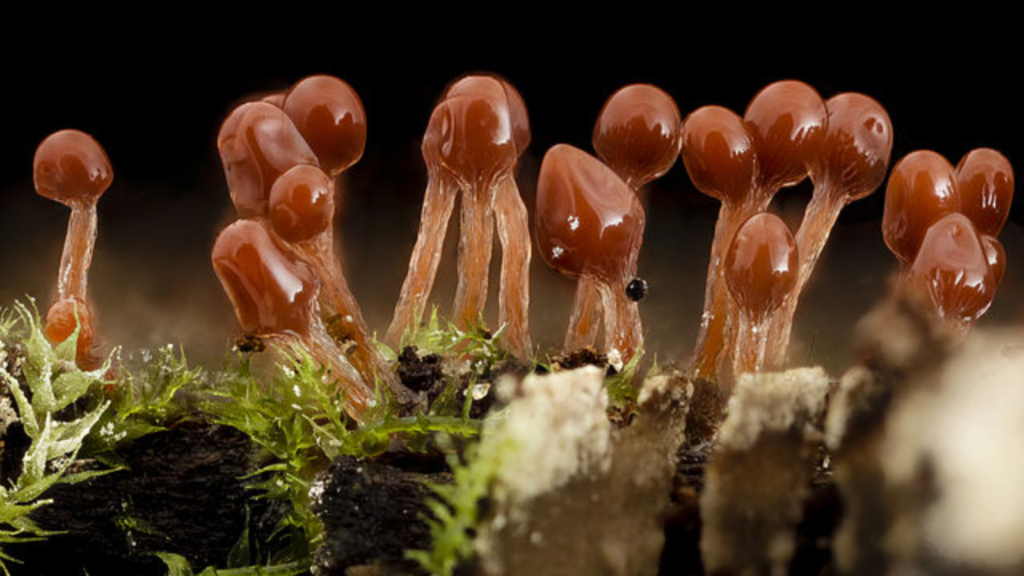
Slime molds can create simple electrical circuits. They can be used to control robot arms or even play music. When exposed to light or certain chemicals, slime molds produce electrical signals. Scientists have harnessed these signals to create basic biocomputers. While not as powerful as silicon-based computers, these slime mold circuits show how even simple organisms can process information.
Risk Assessors
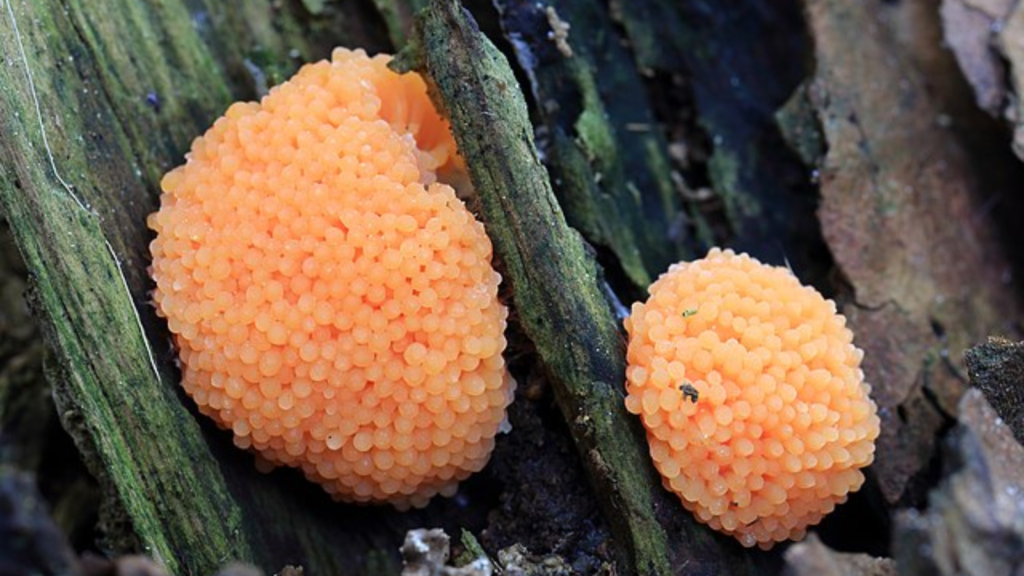
These brainless blobs can make trade-offs between speed and accuracy when making decisions. When food is abundant, slime molds take their time to thoroughly explore an area before choosing where to grow. But when food is scarce, they make faster, less accurate decisions. This ability to adjust decision-making strategies based on environmental conditions is surprisingly sophisticated for such a simple organism.
Shape-Shifting Survivors
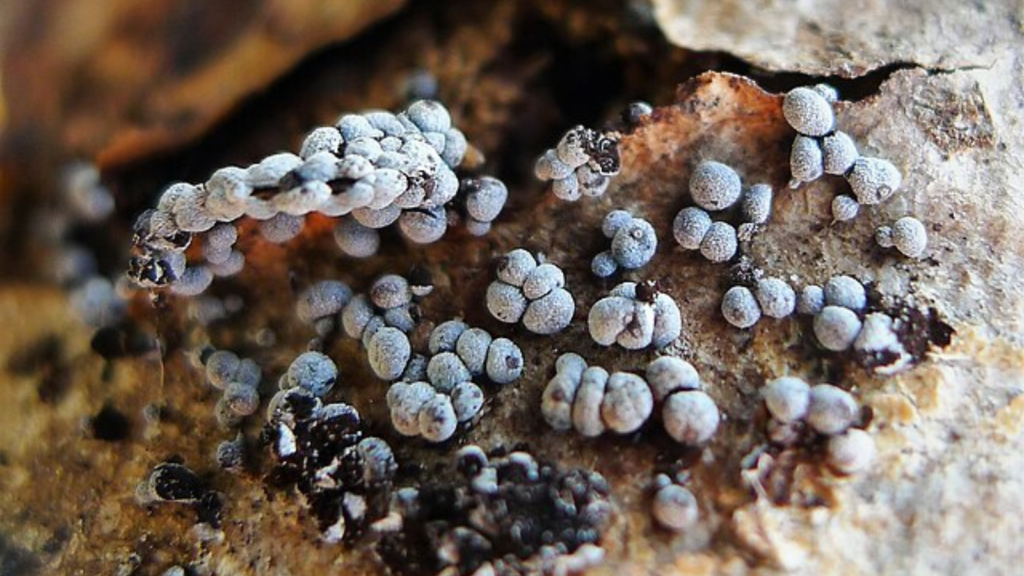
Slime molds can dramatically change their shape to adapt to their environment. They can spread out into a thin network to search for food, or gather into a thick blob to move quickly. They can even split into multiple pieces and rejoin later. This shape-shifting ability allows slime molds to survive in a wide range of conditions and solve various environmental challenges.
Natural Computers
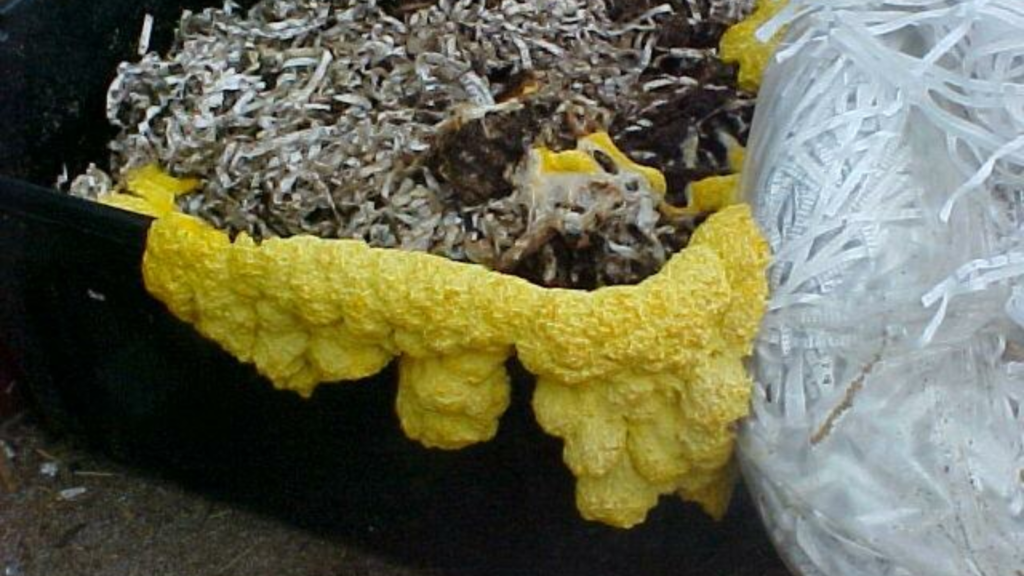
Scientists have used slime molds to solve complex computational problems. For example, slime molds have been used to find the shortest path between multiple points, a problem that’s challenging even for computers. The slime mold’s natural tendency to create efficient networks makes it an unlikely but effective biological computer for certain types of problems.
Chemical Communicators
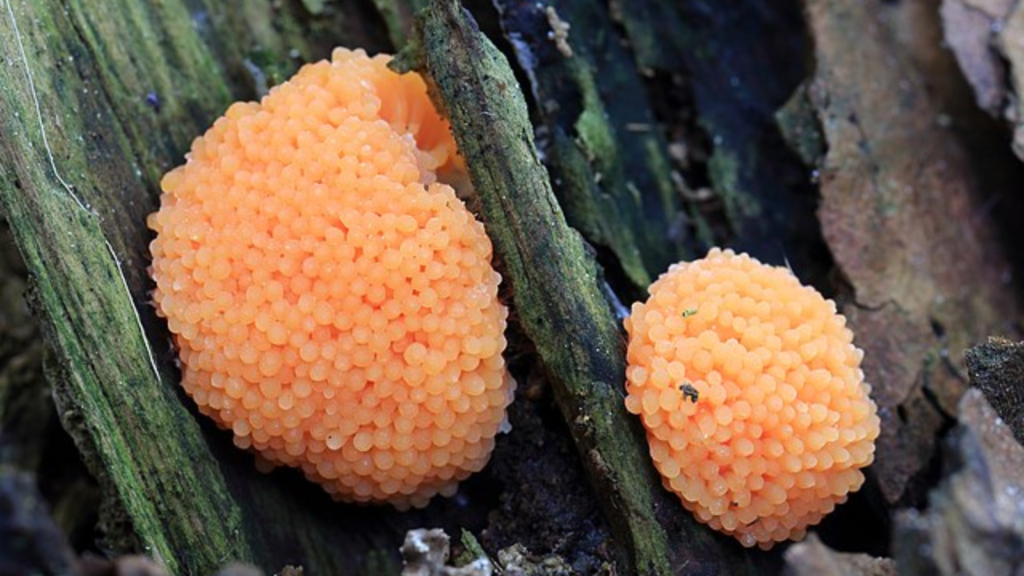
Slime molds use chemical signals to communicate and coordinate their actions. They leave behind a trail of chemicals as they move, which helps them avoid retracing their steps. These chemical trails also allow different parts of the same slime mold to coordinate their movements and behaviors. This simple form of communication enables complex behaviors to emerge from a brainless organism.
Cosmic Problem Solvers
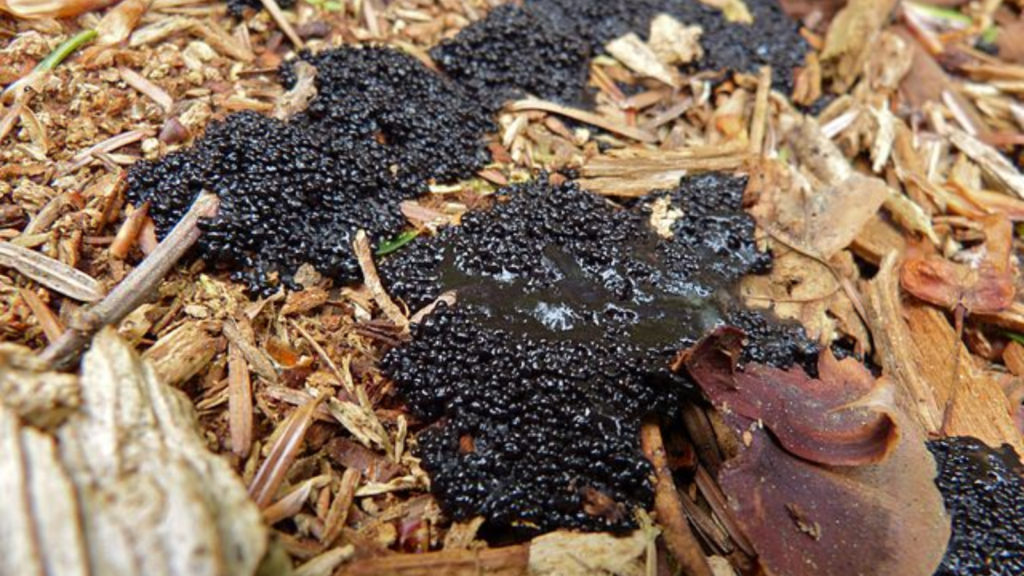
Believe it or not, slime molds might help us understand the structure of the universe. The networks formed by slime molds as they search for food are remarkably similar to the cosmic web of galaxies and dark matter. Scientists are studying slime molds to gain insights into how these cosmic structures might have formed. It’s mind-bending to think that a humble slime mold could help us understand the largest structures in the universe.

